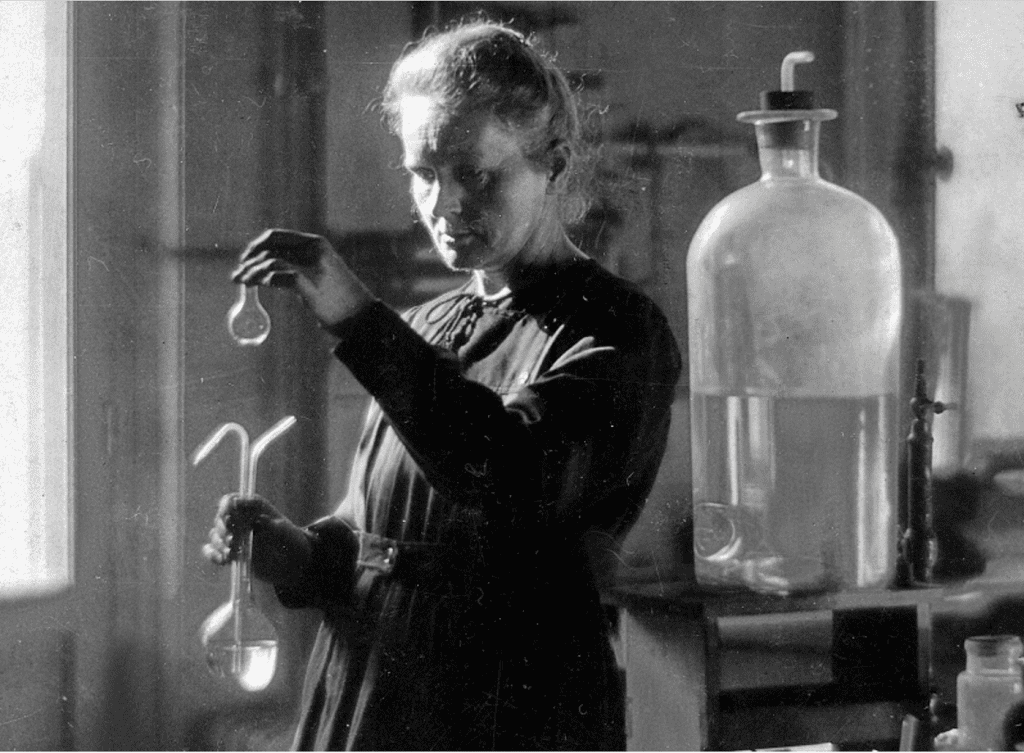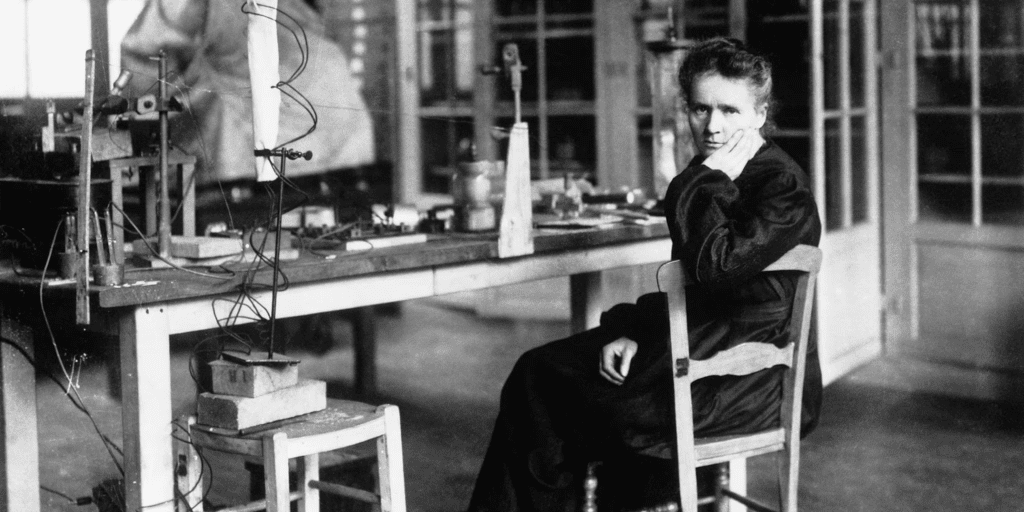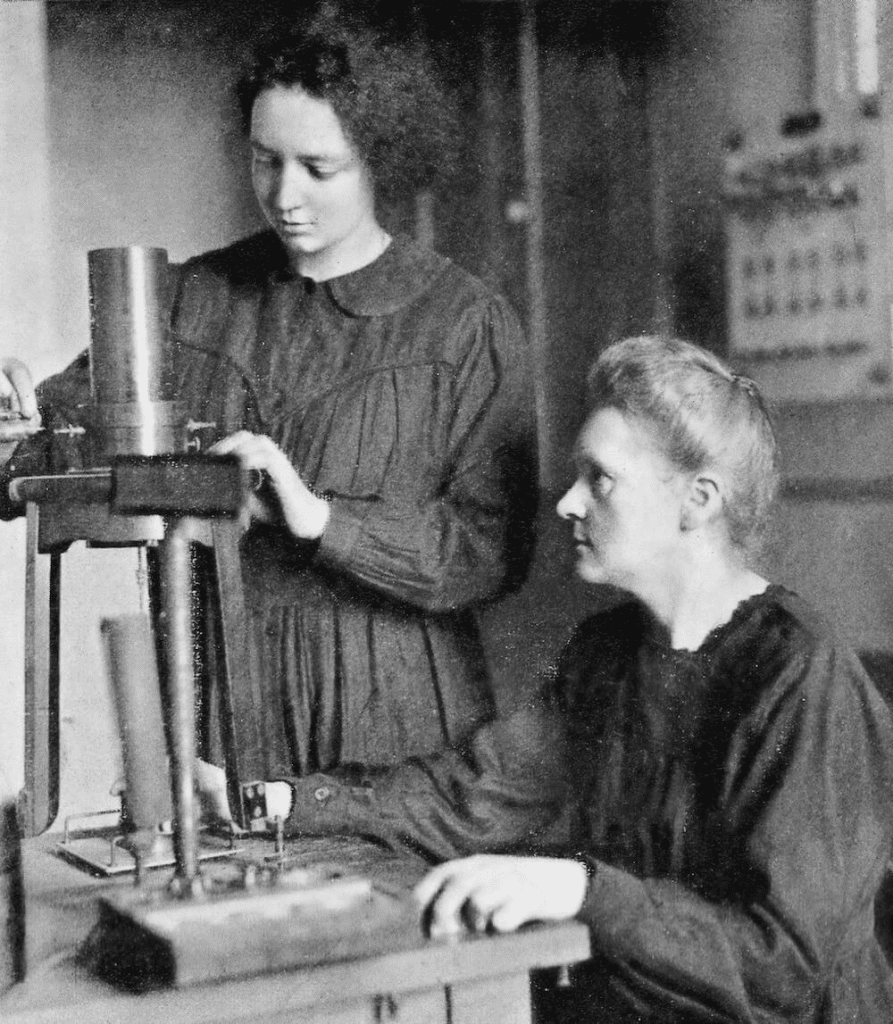In the world of science, few names shine as brightly or as enduringly as Marie Curie. In 1898, she discovered radium, a breakthrough that not only pushed the boundaries of physics and chemistry but also opened an entirely new frontier in medicine. Her work laid the foundation for cancer treatment, reshaped the way we understand radiation, and continues to save lives more than a century later.

A Pioneer in a Man’s World
Marie Curie was born Maria Sklodowska in Warsaw, Poland, in 1867. At a time when women were largely excluded from scientific study, she broke every mold. Moving to Paris to study at the Sorbonne, she immersed herself in physics and mathematics with a quiet, relentless determination. Alongside her husband Pierre Curie, she began experimenting with the mysterious concept of radioactivity a term she herself coined.

In 1898, after long hours of labor in poorly ventilated labs and using tons of pitchblende (a uranium-rich mineral), Marie and Pierre made their historic discovery: radium. It was a glowing, radioactive element unlike anything they had seen before.
Video:
How the Genius of Marie Curie Killed Her
The Medical Miracle of Radium
While radium was initially hailed for its unique glow and energy, scientists quickly realized its potential for medicine. It could destroy cells particularly fast-growing ones like cancer. Curie’s discovery became the foundation for radiation therapy, which is still one of the most effective cancer treatments used today.
Hospitals began using radium to shrink tumors and relieve pain in patients with inoperable cancers. Though the early methods were crude and not without risk, they marked the beginning of a medical revolution. Curie even helped create mobile radiography units, known as “Little Curies,” which were used during World War I to provide battlefield X-rays for wounded soldiers.

The Cost of Discovery
But the same radiation that had such potential to heal also took a heavy toll. In those early days, the dangers of exposure weren’t well understood. Marie Curie worked unprotected with radioactive materials for years. She carried vials of radium in her pockets. She stored radioactive samples in her desk. Her notebooks from the 1890s are still radioactive today.
Video:
Marie Curie – Scientist | Mini Bio | BIO
Eventually, the constant exposure led to severe health issues. Curie suffered from chronic illnesses, and it’s widely believed that radiation contributed to the aplastic anemia that caused her death in 1934.
Still, she never once regretted her work.
A Legacy Etched in History and Science
Marie Curie was the first woman to win a Nobel Prize, and the only person to ever win in two different scientific fields Physics (1903) and Chemistry (1911). Her work not only pushed scientific understanding forward but also shattered gender barriers in academia and research.
Today, cancer patients around the world benefit from treatments that can trace their origins directly to her discoveries. Radiation therapy has become a cornerstone of oncology. And beyond medicine, Curie’s work helped set the stage for nuclear physics, modern imaging, and the study of atomic energy.

More Than a Scientist A Symbol of Human Potential
Marie Curie’s life reminds us of the beauty and danger of discovery. She pursued knowledge not for fame or fortune, but because she believed in science as a force for good. Even in the face of skepticism, hardship, and personal risk, she never stopped pushing forward.
More than a century later, her contributions continue to save lives and her story continues to inspire scientists, students, and dreamers around the world.
Marie Curie didn’t just discover radium she lit a path that science still follows today.



